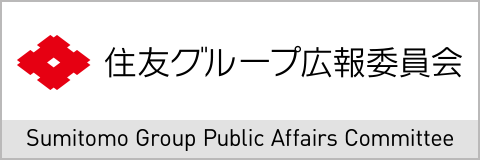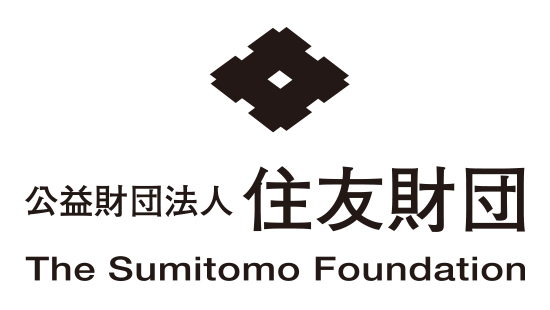Sumitomo History
Edo period: The beginning of Sumitomo and the Besshi Copper Mine
The origin of Sumitomo's philosophy can be found in the "Founder's Precepts," which Masatomo Sumitomo, the founder of the Sumitomo family, wrote and left behind to describe how a merchant should conduct business. In its early days, Sumitomo prospered from the trade of copper and other goods.
The history of Sumitomo dates back to Masatomo Sumitomo (1585 - 1652), who opened a book and medicine shop in Kyoto in the 17th century. Masatomo left his teachings in the form of the "Founder's Precepts," in which he expounds concisely the points in conducting business. His precepts still serve as the foundation of the "Sumitomo's Business Philosophy."
At the beginning, the Founder's Precepts call on us to "Not only in matters of business but in all situations, make efforts with deepest gratitude in every aspect" as well as to refine ourselves to develop a trustworthy character rather than just pursuing money-making endeavors. In the main text, the precepts emphasize the importance of honesty, prudence, and sound management.
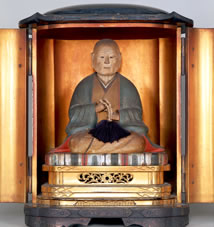
Around the same time Masatomo's brother-in-law Riemon Soga (1572 - 1636), who ran a copper refining and coppersmithing business in Kyoto (under the trade name Izumiya), developed, with considerable effort, a copper refining technology called "Nanban-buki(Western Refining)" to extract silver from crude copper. Tomomochi Sumitomo (1607 - 1662), the eldest son of Riemon, who became a family member of the House of Sumitomo by marrying a daughter of Masatomo, extended the business to Osaka, and disclosed the "Nanban-buki" technology to other copper smelters. Sumitomo/Izumiya thus came to be looked up to as the "head family of Nanban-buki," and Osaka subsequently took the lead in the copper refining industry in Japan.
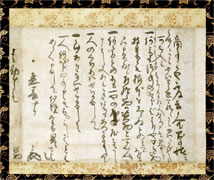
During the Edo Period, Japan was one of the world's leading copper producing countries. Starting from the copper trade, Izumiya went on to become a trader in thread, textiles, sugar and medicine, and prospered to the point where it was said that "No one in Osaka can compete with Izumiya."
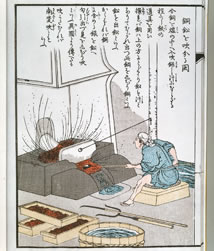
Izumiya then went into the copper mining business and opened the Besshi Copper Mine after obtaining permission from the Tokugawa Shogunate in 1691. The Besshi Copper Mine continued operations for 283 years, forming the backbone of Sumitomo's business.
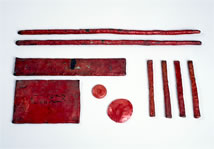
[Sumitomo Historical Archives]
From the Meiji period onward: The period of Sumitomo's expansion
Sumitomo overcame the turmoil of the Meiji Restoration and entered into various businesses through the introduction of new Western technologies
The Besshi Copper Mines suffered from a fall in the price of copper while at the same time contending with a sharp rise in operational costs during the turmoil of the Meiji Restoration, plunging the mine into financial difficulties. To overcome this problem, Saihei Hirose (1828–1914), then the mine's General Manager, modernized mine operations by adopting Western technologies and succeeded in dramatically increasing output.
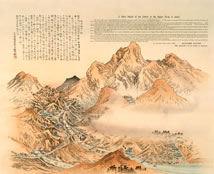
Based on this Besshi Copper Mine business, Sumitomo advanced into various related businesses one after another such as forestry, coal mining, construction, machinery, chemicals, electric cable manufacturing, and metals. The "Ryogae-gyo" (money exchange) business that Sumitomo operated during the Edo Period was also developed into a more complex financial business, such as banking, warehousing, insurance, and trust by leveraging funds generated from the Besshi Copper Mines. Sumitomo thus grew into a modern conglomerate focusing on two major areas—mining/manufacturing and financing.
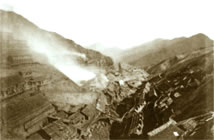
While the Besshi Copper Mines brought prosperity to Sumitomo, a negative effect was also apparent. The rapid modernization of the copper mine led to deforestation of the surrounding mountains, and sulfur dioxide gas discharged from the smelting plant caused trees to die off and damaged crops. Based on the belief that doing nothing about the devastation of the Besshi mountains was against the moral principles governing the universe, Teigo Iba (1847–1926), the second Director General of Sumitomo, decided to embark on a huge project to relocate the smelting plant to an uninhibited island located 20 km off the coast. He also hired an expert engineer to start a reforestation project. The current view of the restored lush mountains surrounding the Besshi Copper Mines reminds us of one of the credos of Sumitomo's Business Philosophy: "Benefit for self and others, private and public interests are one and the same."


[Sumitomo Historical Archives]
Birth and Growth of Sumitomo Corporation
Rebuilding from the rubble after the war and the turmoil of the zaibatsu dissolution
Sumitomo Corporation was originally founded as The Osaka North Harbour (renamed later to Sumitomo Real Estate Building) by Sumitomo and other companies in 1919.
When the Pacific War ended, Shunnosuke Furuta, then the Director General of Sumitomo, foresaw the inevitability of the occupying forces' order for the dissolution of zaibatsu (financial giants), and in this time of crisis, declared the company's policy as 1) rationalize the overextended enterprises and stem the dispersal of human talent by giving each employee as much work as possible—and, to this end, plan new undertakings; 2) extend full relief to repatriated personnel and their families; and 3) prevent, wherever possible, the demise of Sumitomo enterprises by turning them to new objectives that would bring future prosperity to the people and the nation. As part of this policy, he made the decision to advance into the trading business.
The name of the company was changed from Sumitomo Real Estate Building to Nippon Engineering in November 1945, and this marked the official launch of the trading business. Nippon Engineering's head office sales department was set up in January 1946. The number of staff stood at only 32—all "amateurs" who did not know much about the trading business. But Shunya Toji, who was the president of Nippon Engineering , and later became the first president of Sumitomo Corporation, is said to have encouraged the staff by saying, "Enthusiastic amateurs outperform professionals."
The greatest issue during the early period was to solidify the company's management foundation. President Toji ensured the practice of sound management through strict credit management and other means, while steadily expanding the company's presence abroad, posting an employee to Bombay (now Mumbai) for the first time in 1950 and establishing a U.S. subsidiary in New York in 1952. The company's name was changed to Sumitomo Shoji Kaisha Ltd. in 1952, making the company a member of the Sumitomo Group both in name and in practice.
In 1960s, the scope of business expanded rapidly, and large-scale projects, resource development, and cultivation of new industries were promoted enthusiastically from the cross-divisional, medium- to long-term perspective. In this way, the company steadily took its shape as a general trading company.
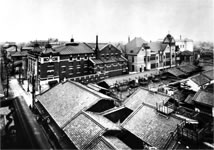
[Sumitomo Historical Archives]

